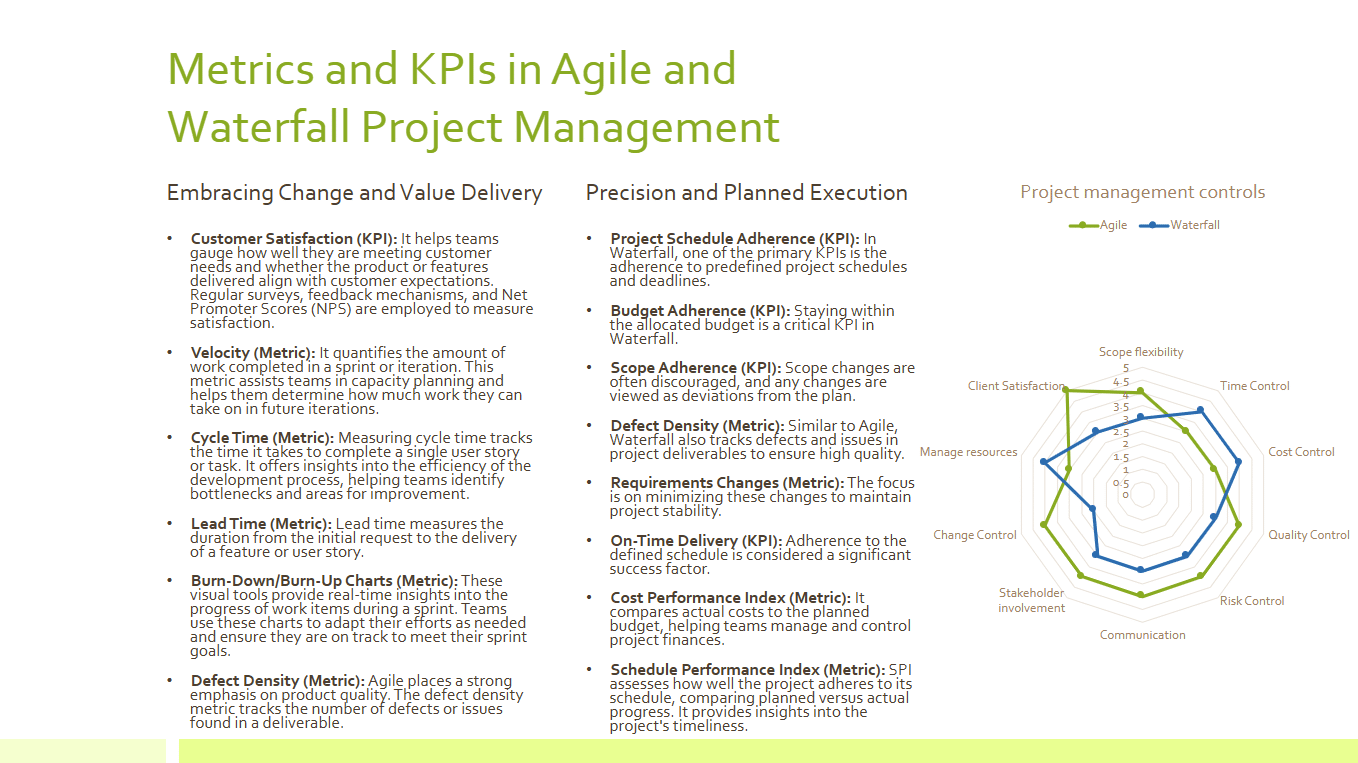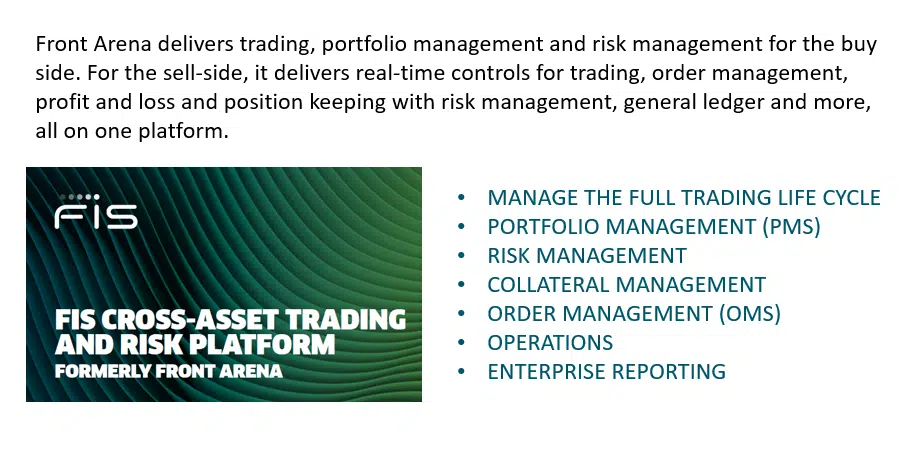Enterprise Architecture (EA) patterns are reusable solutions to common design problems in the development of enterprise systems. They are a set of principles, guidelines, and best practices that help organizations create and manage their IT infrastructure. In this blog post, we will explore what enterprise architecture patterns are, why they are needed, what problems they solve, and some popular patterns.

What are enterprise architecture patterns?
Enterprise Architecture patterns are pre-defined templates or models that represent an organization’s IT architecture. These patterns provide a structured approach to designing and implementing enterprise systems, and they are reusable across different applications and projects. EA patterns are intended to simplify the complexity of enterprise architecture and reduce the time and effort required to create solutions.
Why are enterprise architecture patterns needed?
Enterprise Architecture patterns are needed because they offer a number of benefits to organizations. Firstly, they provide a standardized approach to system design, which improves the consistency and quality of solutions. Secondly, they help organizations achieve a more efficient use of resources by reusing existing patterns. Thirdly, they can help organizations align their IT architecture with their business objectives.
What problems do enterprise architecture patterns solve?
Enterprise Architecture patterns can solve a number of common design problems faced by organizations. For example, they can help organizations create scalable and flexible systems that can adapt to changing business needs. They can also help organizations improve system reliability, security, and performance. Additionally, they can facilitate the integration of disparate systems and technologies.
Some popular enterprise architecture patterns
There are many enterprise architecture patterns available, each addressing a specific design problem. Here are some of the most popular ones:
Service-Oriented Architecture (SOA): SOA is a pattern that focuses on creating services that can be reused across multiple applications.
Microservices Architecture: Similar to SOA, Microservices architecture is a pattern that breaks down applications into small, independently deployable services.
Event-Driven Architecture (EDA): EDA is a pattern that focuses on the production, detection, and consumption of events to trigger business processes.
Layered Architecture: Layered Architecture is a pattern that organizes the application into a set of logical layers that work together to achieve the desired functionality.
Big Data Architecture: Big Data Architecture is a pattern that focuses on managing and processing large volumes of data in real-time.
Combining enterprise architecture patterns
Enterprise Architecture patterns can be combined to create more complex solutions. For example, it is possible to combine SOA with EDA to create an event-driven SOA, or to combine Microservices architecture with layered architecture to create a scalable and flexible system. Combining patterns can help organizations create customized solutions that meet their specific needs.
Conclusion
In conclusion, Enterprise Architecture patterns are a valuable tool for organizations looking to create and manage their IT architecture. By providing a structured approach to system design, EA patterns can improve the consistency, quality, and efficiency of solutions. Popular patterns include SOA, Microservices Architecture, EDA, Layered Architecture, and Big Data Architecture. These patterns can be combined to create more complex solutions that meet the specific needs of an organization.




